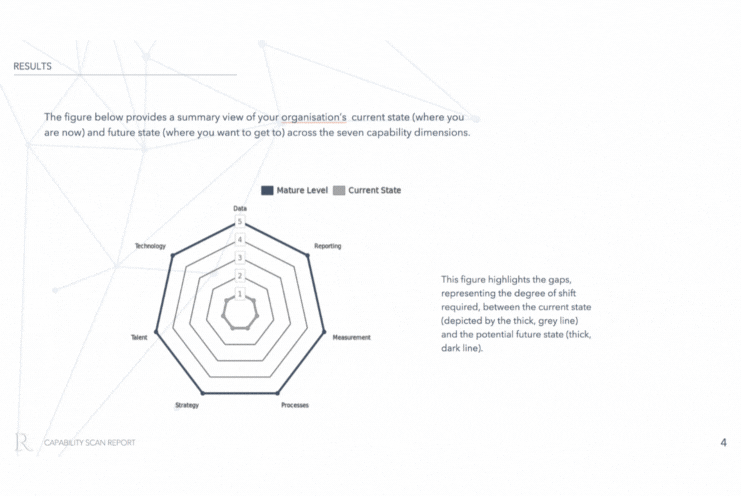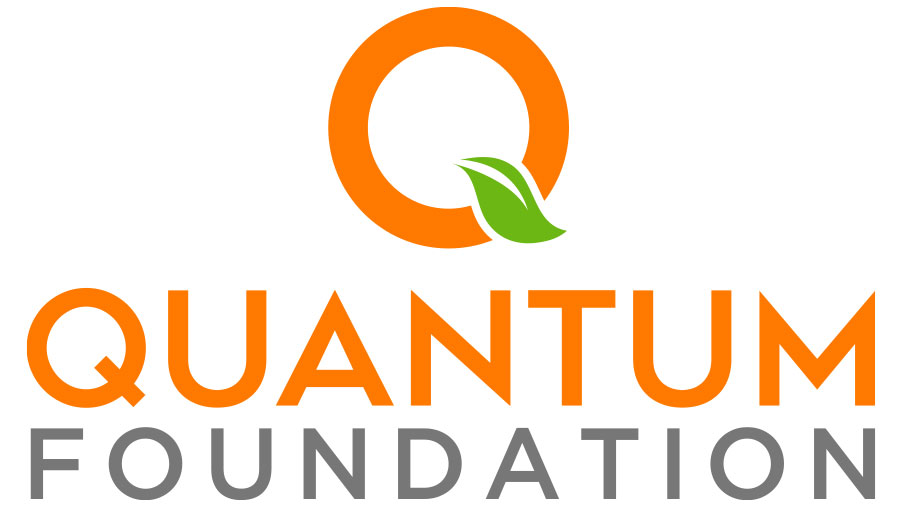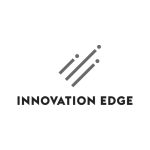Relativ Impact Management Scan
Feeling Stuck with Impact Management?
Is your team struggling to…
> Reach objectives with clarity and confidence?
> Produce meaningful, accurate reports on time?
> Make informed decisions amidst data chaos?
Get a Clear Starting Point — Fast and Free!

Your next step starts here…
Get clarity. Build momentum.
Take our Impact Management Scan and receive:
> A maturity score across 7 key dimensions.
> An overview of the gaps most likely to slow your next report.
> A custom roadmap with quick wins you can start this quarter, while laying foundations for long-term impact performance.

“This helped us gain a clear understanding of where we stood in our impact journey and provided actionable recommendations that helped us confidently prioritize our next steps.”
“The tool helps capture current status, allows room for ambition, and helps set a trend for future strategies and data monitoring.”


Frequently Asked Questions
What is the purpose of this scan?
The Impact Management Scan pinpoints the friction points that are quietly eating time, clouding decisions, and diluting your story. It does this by providing an overview of your organisation’s current Impact Management capability, helping you to identify areas of strength and growth, and begin a journey toward more intentional, integrated, and effective Impact Management.
By understanding where you are today, you can begin to build the systems, culture, and capabilities needed to make better-informed decisions; communicate your impact with clarity and credibility; strengthen trust with stakeholders; and continuously learn and adapt so you can clear the blockage and move forward with purpose.
How long will it take?
Completing the scan should take less than 10 minutes; there are seven scaled-response questions to answer.
What sorts of questions will I be answering?
This Scan asks for a quick maturity rating of your organisation’s Impact Management capabilities across seven dimensions: Impact Strategy, Impact Management Team, Impact Management Processes, Impact Data, Impact Measurement, Impact Reporting, and Impact Technology. Some of the terms and phrases may be unfamiliar to you; we have aligned the language with existing standards and recommendations and included a Glossary of Key terms for reference.

Who should complete this scan?
If you work hands-on with your organisation’s impact data and need sharp, actionable insights to cut inefficiencies, elevate capability, and drive growth, this diagnostic is for you. We recommend someone who is familiar with the work being done within Impact Management in your organisation, to provide an accurate reflection of the current capabilities.
Nevertheless, anyone who is wanting to better understand and grow their organisation’s Impact Management capability is welcome to complete this Scan!
Do I need to prepare anything in advance?
No preparation is necessary! As an impact steward in your organsation, you’re already keenly aware of your organisations level of maturity. This Scan has been created by our global team of Impact Specialists to give you a clear picture of your organisation’s current Impact Management capabilities — how well-equipped you are with the skills, processes, and systems needed to achieve your strategic and operational impact goals.
What will I receive once I've completed the scan?
Within 5–10 minutes of completing the Scan, you’ll receive an email with a PDF report containing your results and insights around how your organisation can act on improving its Impact Management capability.
What is the background of Capability Maturity Models?
Capability Maturity Models originated in the late 1980s, when the Software Engineering Institute (SEI) of Carnegie Mellon University began developing a Process Maturity Framework to help organisations improve their software processes. The initial framework was developed with a maturity questionnaire and later evolved into the Capability Maturity Model for Software as the basis for improving software process along a five-level path of increasingly organised and mature processes [1]. Since then, Capability Maturity Models have evolved as part of the broader practice of capability and enterprise design as a means to design the architecture of an organisation and organise its people, processes and technology to align to and enable strategy achievement.
[1] Paulk, M.C., Curtis, B., Chrissis, M. B., & Weber, C.V. (1993). Capability Maturity ModelSM for Software, Version 1.1. Technical Report CMU/SEI-93-TR-024. Software Engineering Institute, Carnegie Mellon University.
Take a quick, insightful first step to help you:
Align your team. Prioritise improvements. Build confidence in your impact approach.
Glossary of Terms
- Capability Purpose
- Capability Stakeholders
- Collateral
- Data Access
- Data Architecture
- Data Collection
- Data Governance
- Data Quality
- Equipping
- Impact Management Capability
- Impact Management Processes
- Impact Management Technology
- Impact Performance
- Impact Strategy
- Organisational value chain
- Research, Knowledge, and Insights
- Reporting Framework
- Reporting Standards
- Responsibility Framework
- Tools and Templates
Each capability (defined as processes, tools, skills, behaviours, and coordination that help an organisation deliver an outcome) within an organisation has a purpose – a role to play in relation to achieving the organisation’s purpose and strategic objectives (PWC, 2019). Ideally, this purpose should be clearly aligned with the organisation’s strategy and desired impact (Turner, Crawford & Hobbs, 2004).
Stakeholders are groups of people who gain direct benefits from or are affected by your organisation’s operations (Benn, Abratt & O’Leary, 2016). Stakeholders could include shareholders, investors, beneficiaries, customers, employees, suppliers, financial supporters, and communities. In this case, we are considering the stakeholders served and / affected by your impact management capability.
Collateral here refers to organisational processes, tools, and templates.
Data access refers to how readily accessible and available data is to enable relevant internal and external stakeholders to utilise data to make decisions and meet their needs (National Academy of Sciences et al., 2009).
A data architecture describes how data is managed–from collection through to transformation, distribution, and consumption.
Data collection is the process of gathering information which will enable one to answer relevant questions and evaluate outcomes (Harwood & Vang, 2009).
Data governance is the process of managing the availability, usability, integrity and security of the data.
Data quality refers to how well the data management system reflects the real world. Dimensions of quality data include accuracy, reliability, completeness, precision, timeliness, integrity, and confidentiality (Brown, 2007).
Equipping refers to processes, tools, and templates that are created and utilised to support the Impact Management process (Stories for Impact 2024).
The processes, tools, skills, behaviours, and coordination that help an organisation measure and manage their impact.
Processes are sets or groups of related activities carried out by the organisation (Faugier-Contreras, Guevara-Flores & Hernández-Calderón, 2023). Here we are considering any processes which help an organisation understand, act on, and communicate its impact.
This refers to the standardised tools and / applications available to support the Impact Management processes and systems discussed in this survey (Carvalho et al., 2021). These may include a broad range of enabling technology for purposes such as project management, stakeholder (or ‘customer’) relationship management, data collection, data analysis, or reporting, that help track and understand progress and change.
Impact performance refers to how well a person, project, or programme is performing against planned impact goals or objectives (Global Impact Investing Network, 2023a). Various metrics and data points help to provide a view of this performance.
An impact strategy clearly outlines your organisation’s purpose. It is a detailed roadmap to achieve your intended impact and provides a long-term vision of how such impact will be achieved and measured to determine success (Investment Impact Index, 2019). This could take the form of a Theory of Change, impact thesis or something similar.
A value chain refers to the full lifecycle of a product or process. A value chain is a series of consecutive steps that go into the creation of a finished product or service.
This may include research into underlying theory, best practices, market research, insights from evaluations, and knowledge from data (McKinsey & Company, 2022).
A reporting framework is a standardised system used to consistently report performance (Idowu et al., 2013).
These standards provide principles for preparing reports and determine the types and amounts of information that must be provided to users so that they can make informed decisions (Global Reporting, 2024).
A responsibility framework outlines the roles and responsibilities of the processes lead by and / performed within the Impact Management Capability (Zein, 2010). Examples of these frameworks include RACI (which allows one to indicate who is Responsible, Accountable, Consulted, and Informed), or PACE (which identifies the Process Owner, Approver, Contributor, and Executer).
These are the tools and templates that enable your team to implement your impact measurement framework. These may include templates, user guides, and process notes to guide implementation of impact measurement according to your plan (Global Impact Investing Network, 2023b).
















